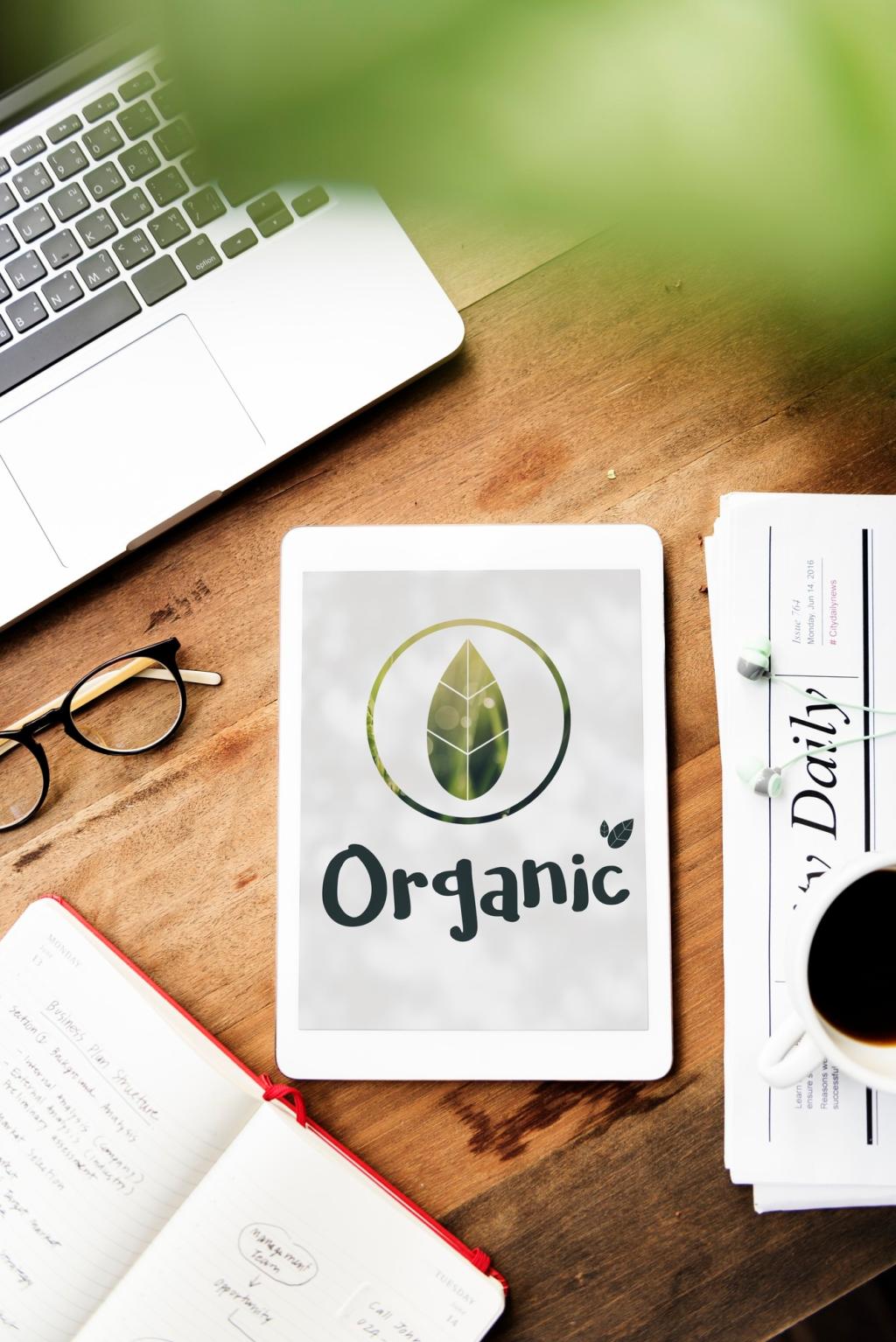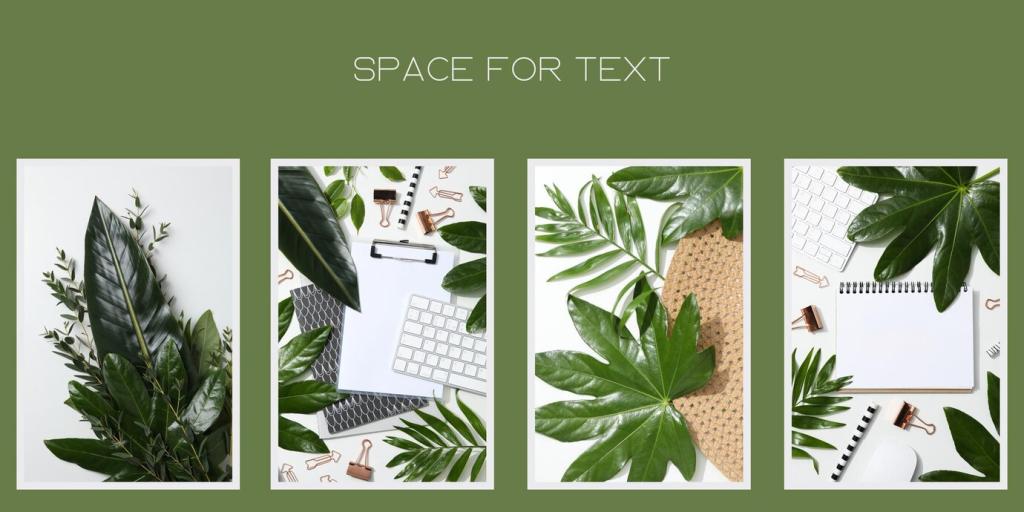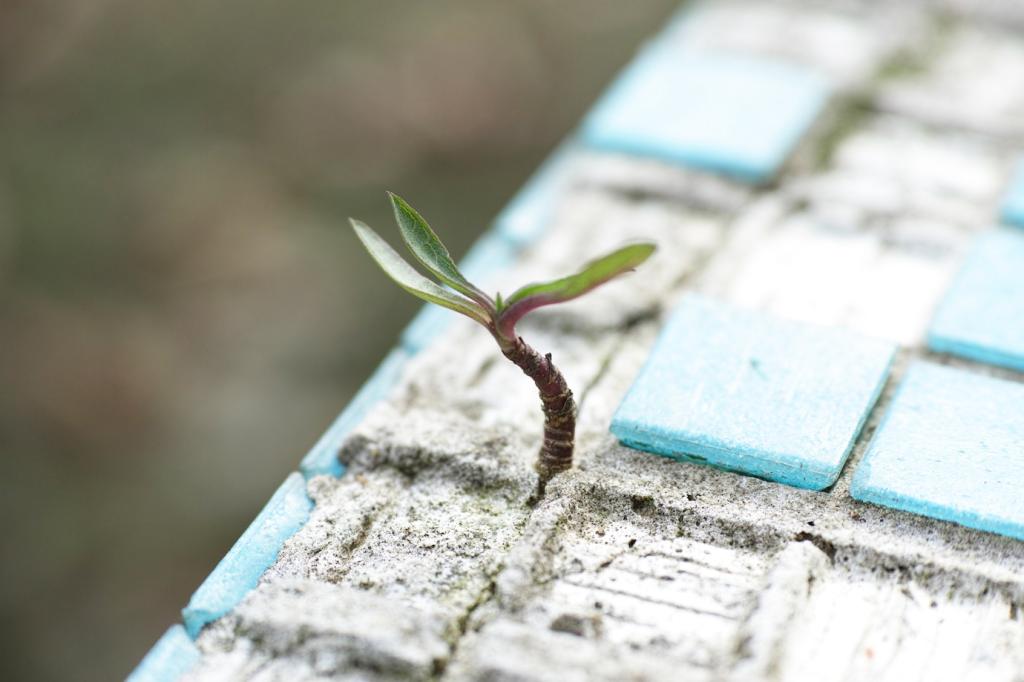Decoding Labels, Claims, and Certifications
Zero-VOC bases can still gain VOCs when tinted. Low-VOC paints may be acceptable if colorants are also low-emitting. Always check grams-per-liter numbers and ask whether the tinting system keeps emissions minimal, even for deep, saturated shades.
Decoding Labels, Claims, and Certifications
GREENGUARD Gold, Green Seal GS-11, the EU Ecolabel, and Nordic Swan provide useful guidance on emissions and ingredients. Regional rules like SCAQMD Rule 1113 set strict limits on VOC content, helping you compare products with confidence and clarity.






